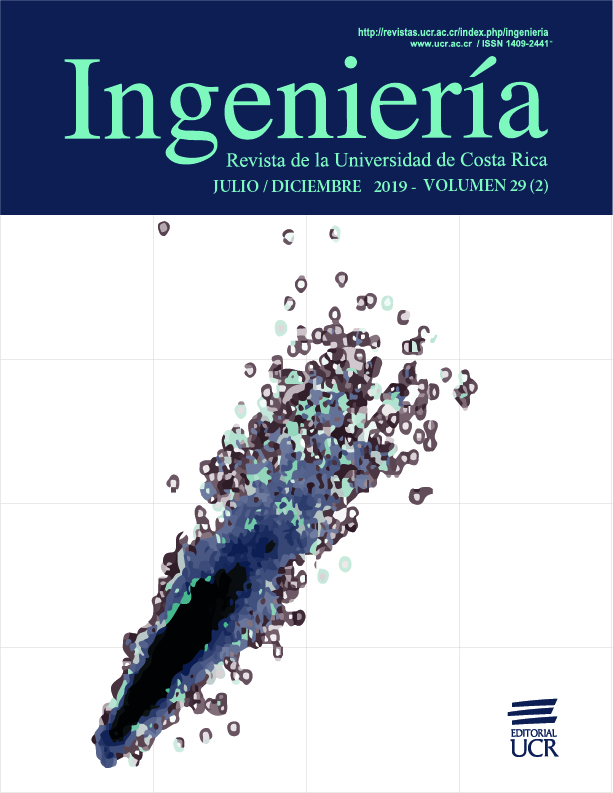Abstract
This research provides the dynamic analysis of a distillation train, which instead of the traditional study of a binary mixture, this was carried out for a multicomponent mixture of the solvent recovery area of a linear polyethylene plant. This was done through a dynamic simulation in Aspen Plus® with the purpose of predicting the behavior of the operational variables (temperature, pressure, flow, level or composition) when an interruption of the feed flow occurs in the distillation area to model a reaction area shutdown, and then establish procedures that compensate for deviations in the controlled variables. Several thermodynamic methods were evaluated: Soave-Redlich-Kwong, Peng-Robinson, Lee-Kesler-Plock, Peng-Robinson-Boston-Mathias y Soave-Redlich-Kwong-Boston-Mathias; the SRKBM method was chosen, since it presents lower error percentages in most of the estimated properties. This rigorous comparison adds greater reliability to the values reported in the simulations. The results showed a destabilization of the level controllers of distillation columns A and B, in addition to an increase of approximately 14 ° C in the temperature profile of column A. Column C did not show deviations from its operational variables. Finally, to stabilize the system, it was necessary to carry out three steps involving the switch to manual mode and changing the valve opening percentage of the column A steam flow controller (50%), the D-101separator pressure (50%) and the column B top flow controller (43%).


